New students arrived on September 6 for Wilderness Orientation, their faces filled with uncertainty. How would they fit in socially? Academically? Athletically? Artistically? How would they find their friend group, who would sit with them at meals? Today, during a packed Brown Dining Commons lunch, we look around and see connected faces, smiles, seemingly endless Spirit Week energy. We see young people who are finding their way through their high school experience, with the support of an amazing, tireless group of adults who keep this community running.
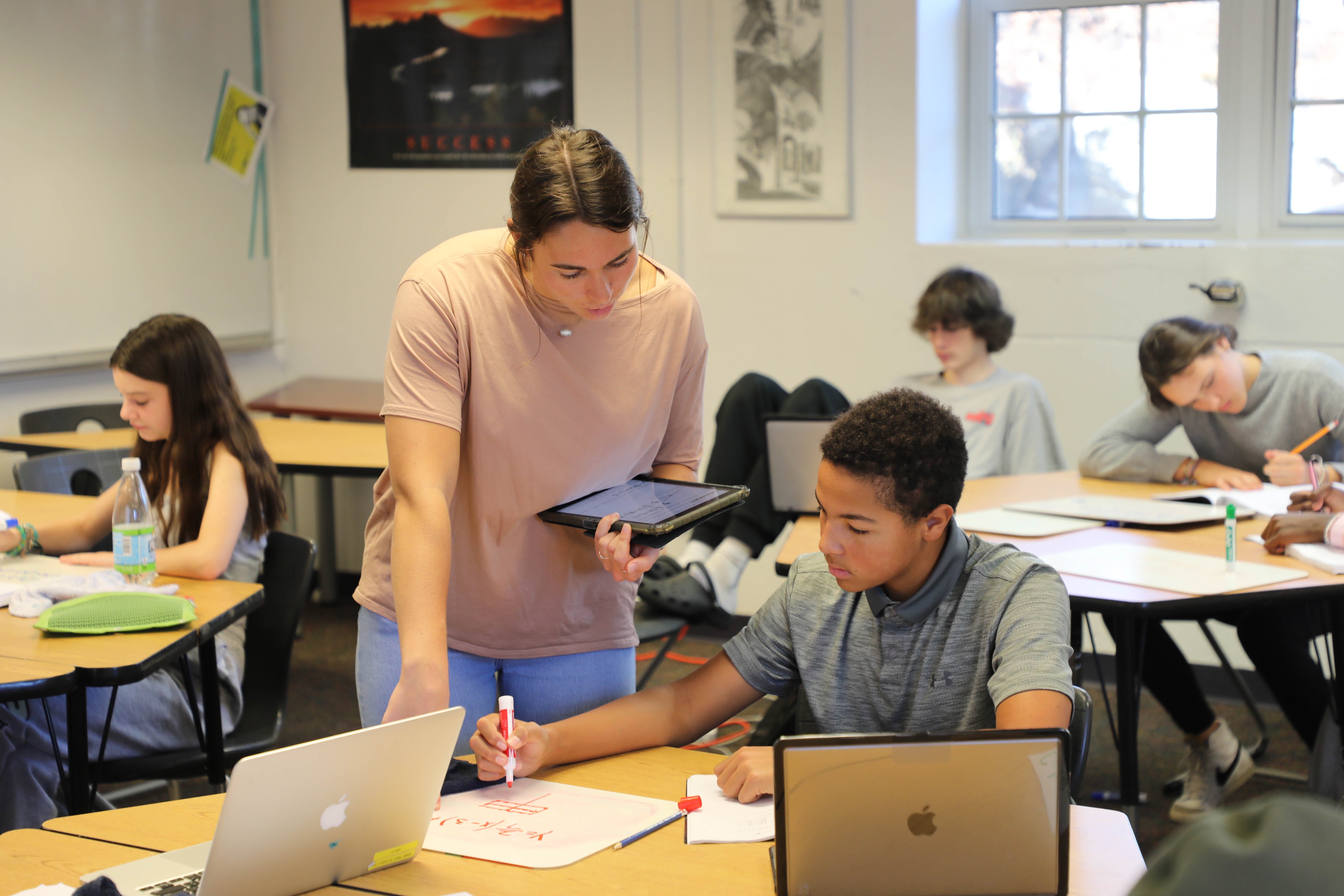
When we zoom out and look at the past ten weeks, we are amazed by all that we have accomplished as a school. We have had our share of challenging moments, but the overall trajectory of the community has been remarkably positive. Likewise, the academic work produced by our students since September is impressive, and yet we are often reminded that the trajectory of adolescent development is rarely linear. Should we narrowly assess our school’s or a student’s progress by a singular moment in time, we miss the greater trends.
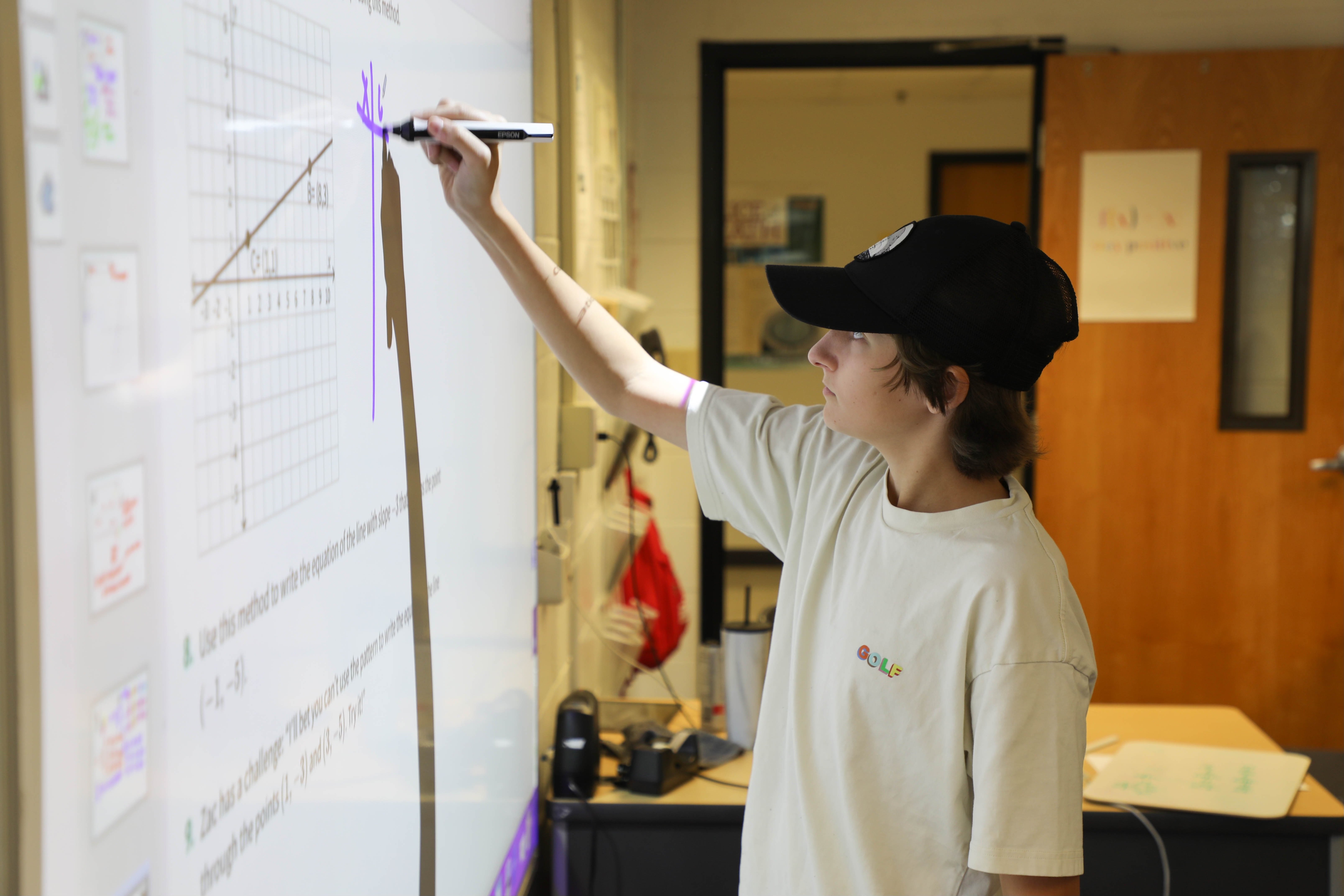
We are nearly midway through the final week of Fall Term classes before final exams next week. Students are hard at work on research papers, projects, problem sets, labs, and reading assignments. During nightly extra help sessions, teachers are working to provide an additional layer of support, 1:1 instruction, a nudge for our students to put in those extra hours studying, practicing, trying, and sometimes failing. We know adolescents make mistakes, forget to turn in assignments, or overestimate their mastery of a concept and fall short of our, and their own, expectations. We also know that adolescents are incredibly brave.
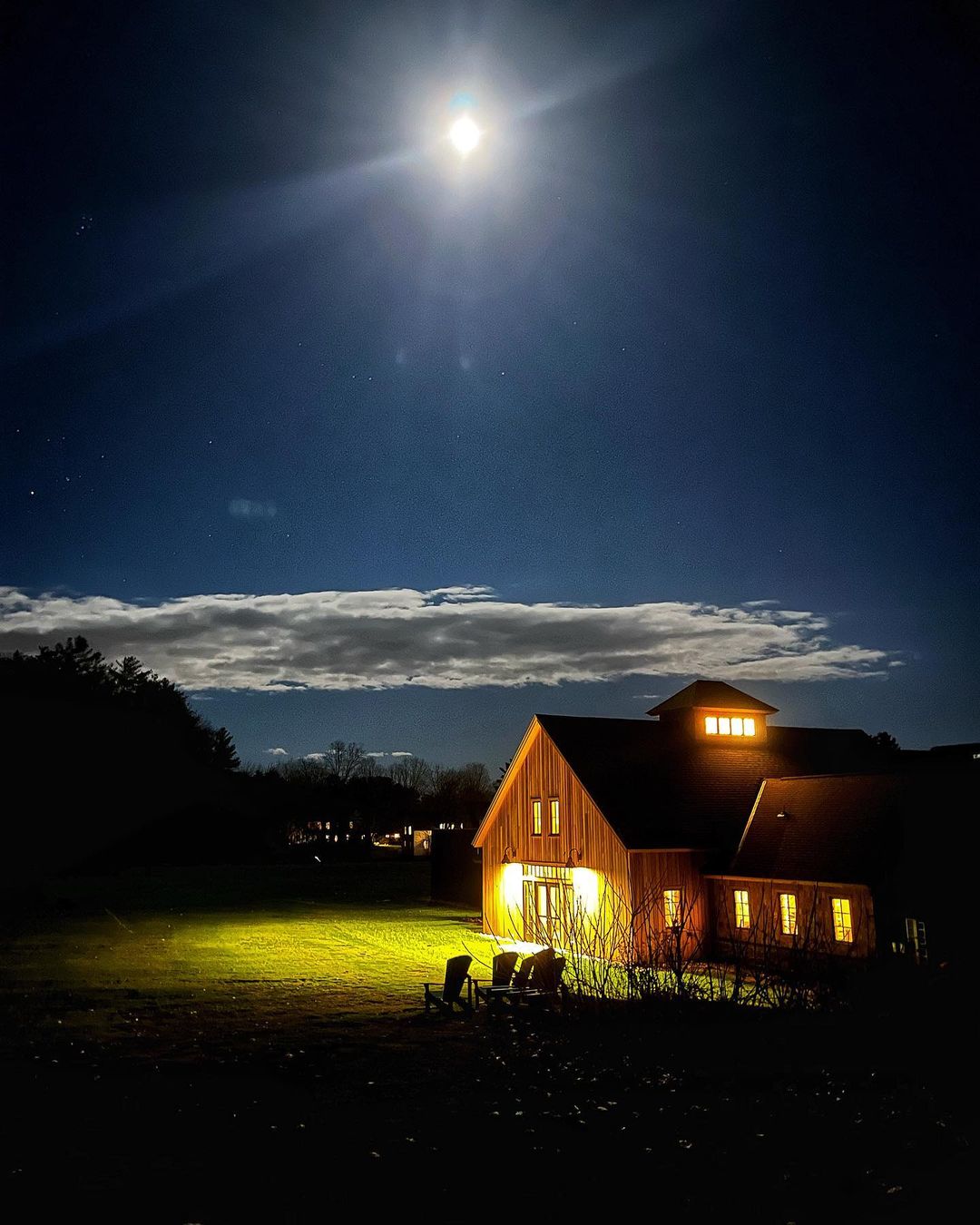
Alan McIntyre, Science Department Chair, shared this image of evening extra help sessions in the Woodlands Building.
There is so much more going on in our kids’ lives than we, as adults, are aware: socially, academically, physically, emotionally. As teachers, our job is to meet students where they are, and then serve as a catalyst to push them just a bit farther along in their journey. By being a steady, constant presence in our students’ lives, we have the opportunity to help them become the best version of themselves they can be.
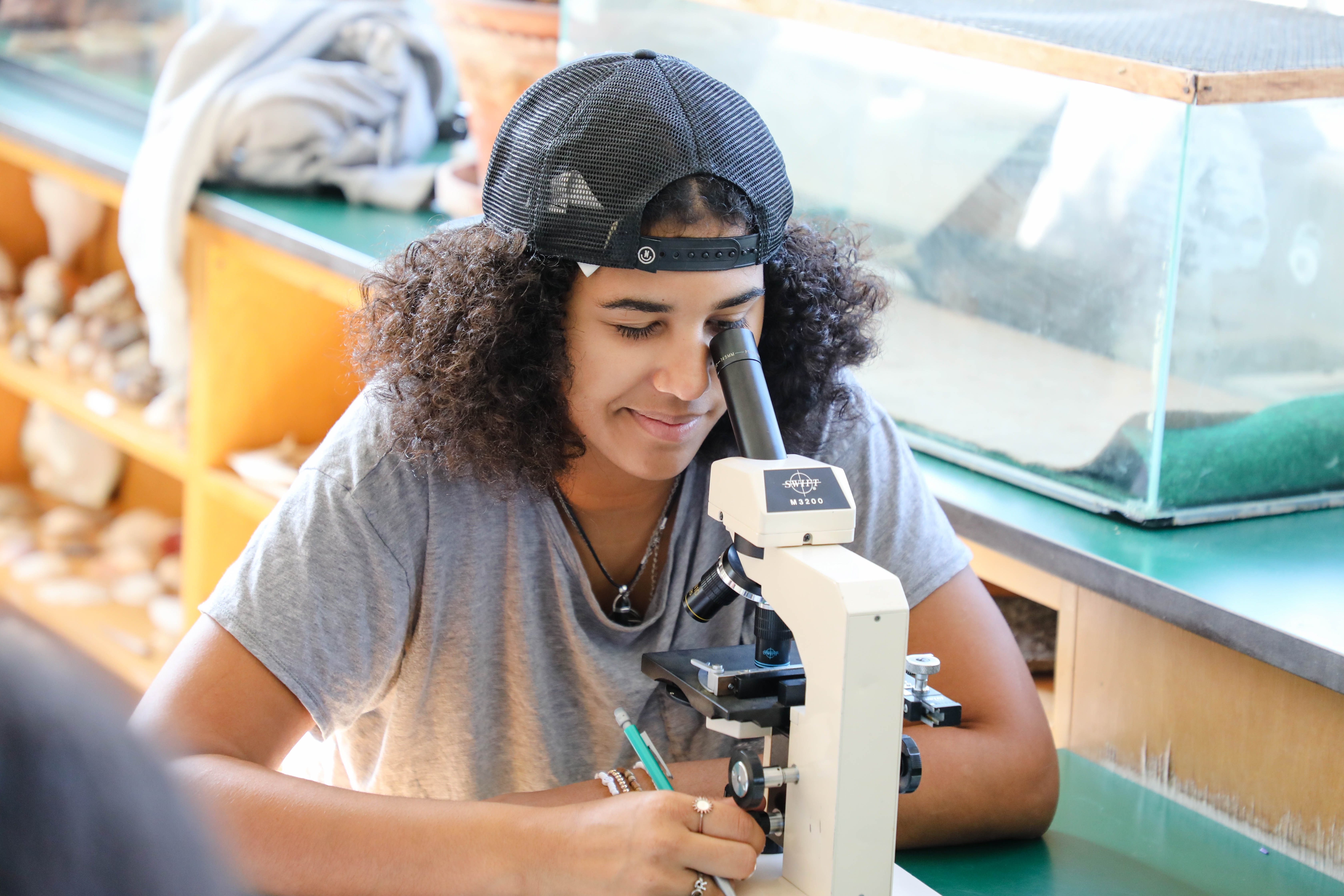
Like any good hike, these adolescent paths of nonlinear growth are filled with ascents, plateaus, descents, more ascents, and eventually a summit. Each student’s summit looks different, shaped by the individual terrain, obstacles, and intensity of the climb presented by their own neurodiversity and life circumstances.
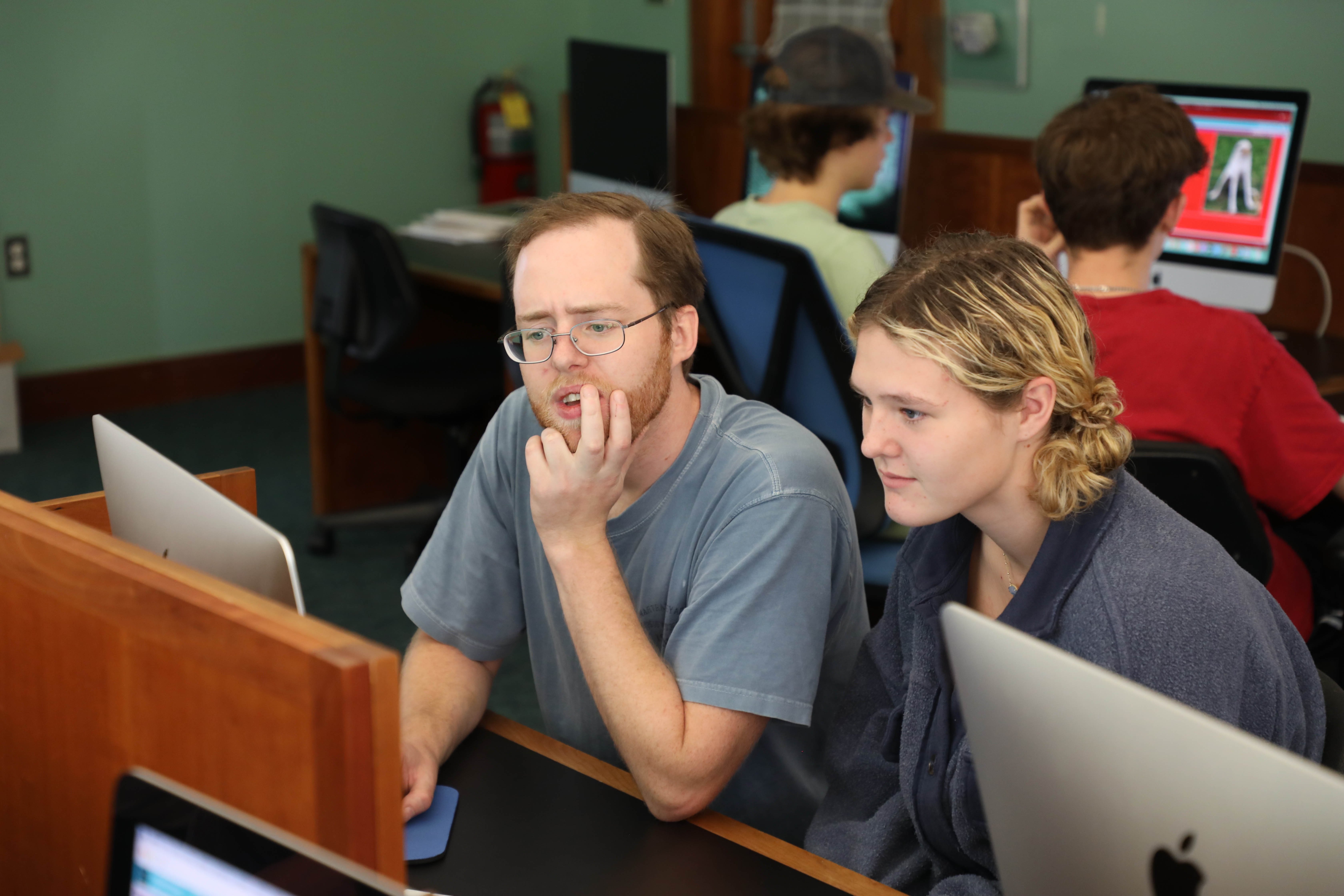
And so just as we do on Wilderness Orientation, in academic classes we walk alongside students on each of their individual journeys. We help them break the mindset held by so many young people that they must first build up enough confidence to set an ambitious goal, and instead show them, through a perfect blend of rigor and support, that confidence is gained through the mere process of pursuing an ambitious goal.
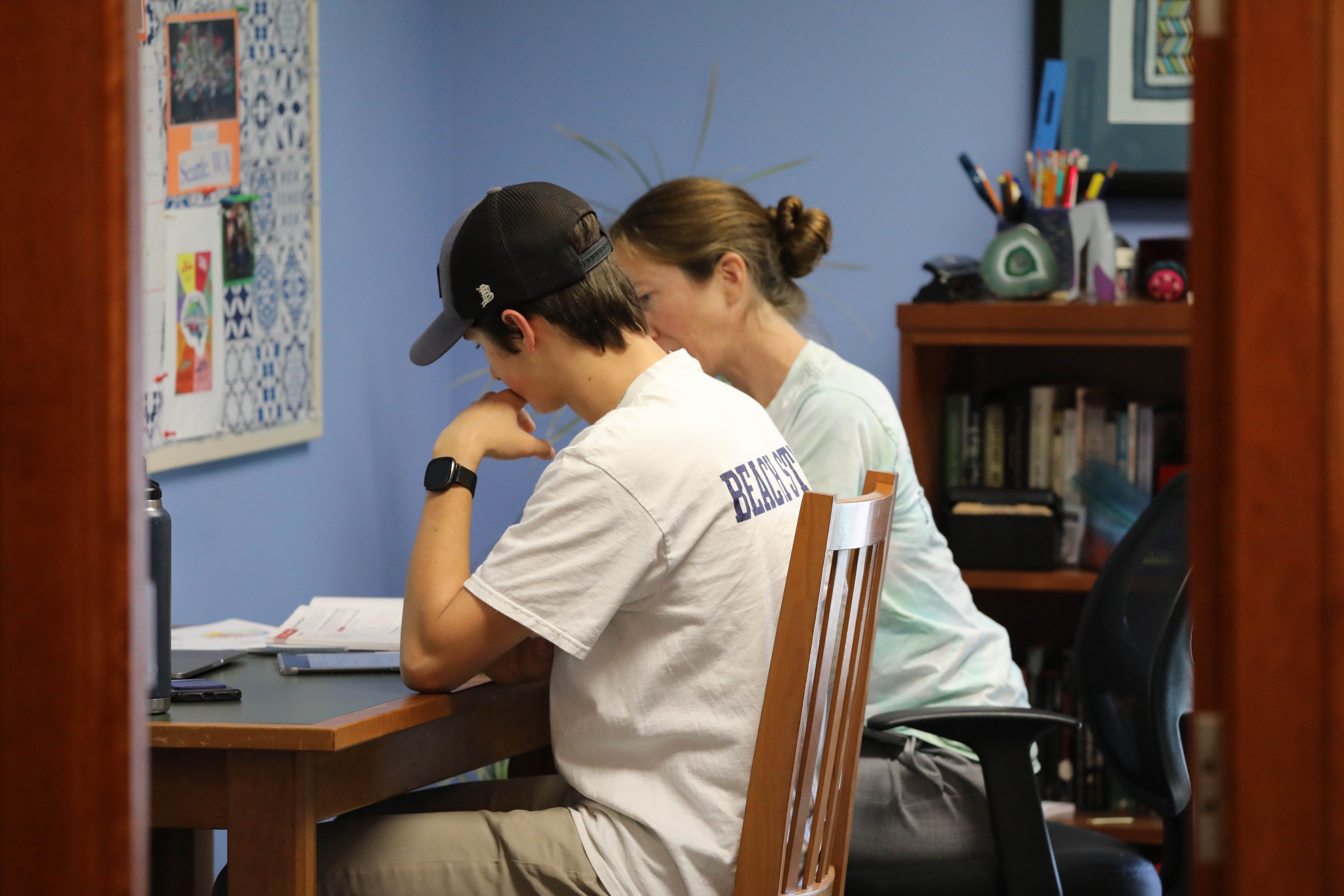
As we work with students during this final stretch of the Fall Term, we continue to hold them accountable while reminding them how proud we are of their hard work. We help them understand themselves as learners, and encourage them to pursue their personal best without comparison to their roommate or classmate. We help them remember that growth comes in all forms, and is never, ever, in a straight line.








